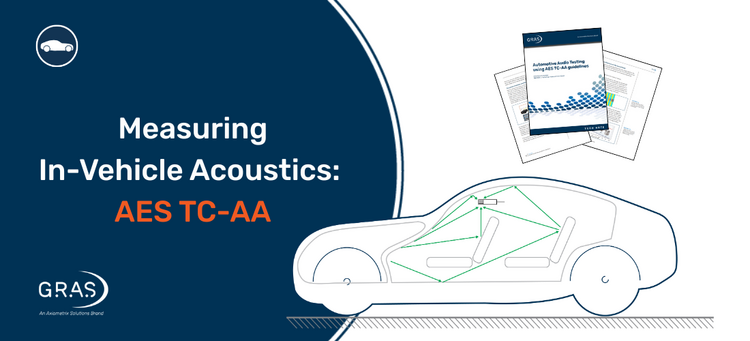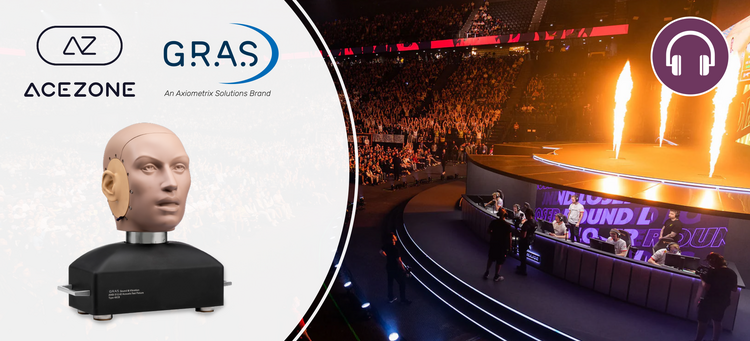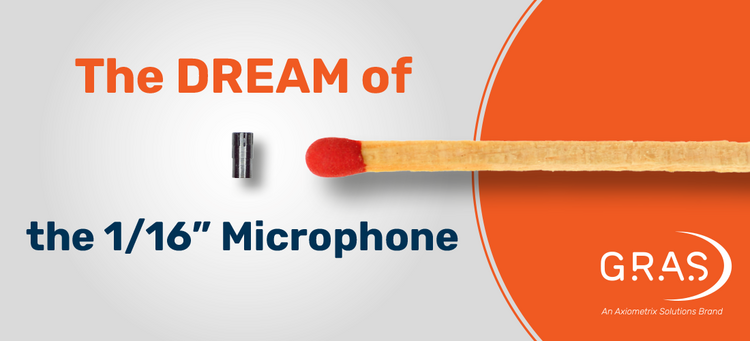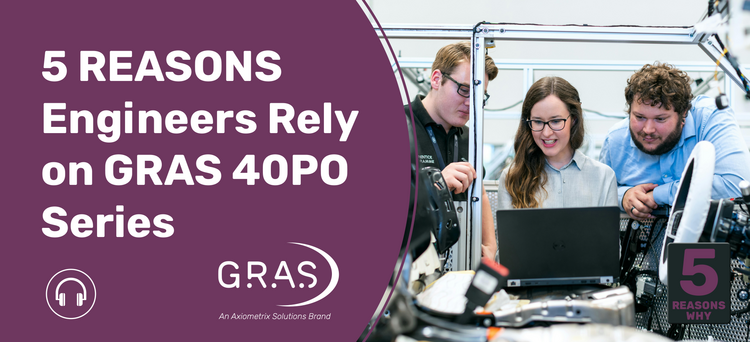Standardizing In-Vehicle Acoustic Measurements with AES TC-AA Guidelines
The AES Technical Committee on Automotive Audio (TC-AA) has now published its first set of recommendations for in-vehicle acoustic testing, creating a foundation for repeatable, comparable, and reliable measurements across vehicles and systems.













